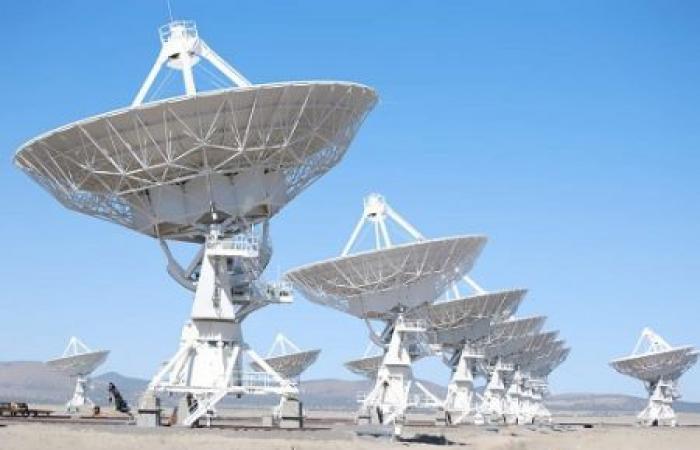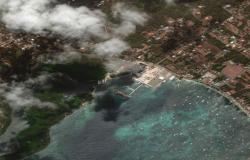(Ecofin Agency) – In 2023, South African authorities asked broadcasters using frequencies between 700 and 800 MHz to release them. A year later, they fear that telecom operators will take the frequencies left for digital terrestrial television.
In South Africa, broadcasters are concerned that telecom operators will take away the frequencies allocated by the regulator for the switch to DTT. In recent days, for example, MultiChoice has strongly expressed its opposition to telcos having access to frequencies below 694 MHz. The pay-TV operator spoke out before the communications regulator during public hearings on the switch to DTT.
In 2023, as part of this migration, the regulator had asked broadcasters operating between 700 and 800 MHz to migrate to lower frequencies. This distribution is called the digital dividend. During the public hearings, MultiChoice requested that the regulator reserve frequencies below 694 MHz exclusively for pay television. The audiovisual group which owns DStv and GOtv, pay TV and DTT offers respectively, explained the reasons for this request.
For him, frequencies below 694 MHz ensure that channels can align with DTT, but also be able to develop it to, for example, provide 5G broadcasting, on smartphones, tablets or connected vehicles.
As explained in the report “Digital Switchover in Sub-Saharan Africa”, the frequencies between the 470 and 694 MHz bands are reserved for digital terrestrial television in 13 African countries, according to data from 2022. With the broadcasting standard currently used for DTT, 8 MHz is required for a digital television channel to broadcast its programmes in high definition.
The difference of 224 MHz between 470 and 694 MHz allows, by dividing by the 8 MHz currently required, to see that the countries having reserved this frequency zone can have 28 DTT channels. However, technologies such as 5G broadcasting require much more than these 8 MHz used by most DTT channels in Africa.
Knowing that audiovisual content consumption habits are increasingly moving towards terminals other than television, TNT channels must anticipate broadcasting methods allowing them to access smartphones and tablets for example. To broadcast in better definition, a range will be needed allowing DTT channels to use the necessary frequencies.
This is why MultiChoice is asking the regulator to reserve these frequencies exclusively for DTT. If telecom operators obtain them, the room for manoeuvre for DTT channels to develop is reduced in the face of competition from streaming and video on demand.
Servan Ahougnon






